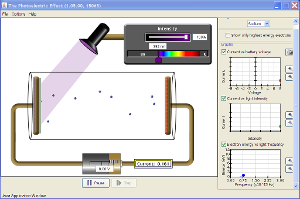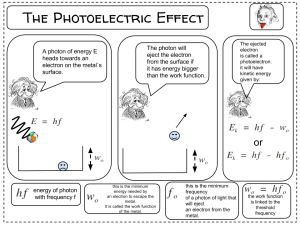That Parascender Problem!
This problem appeared in the 2014 Physics Higher & Revised Higher. Here is the worked solution.
The solution involves scale diagrams…ugh and of course vector addition.
Higher Physics Hangout Revision
Google Hangout #2
Hi Physics students! Here is the video of my second Google Hangout.
Half Thickness
This movie shows how the radioactive count rate is affected by placing material of certain thicknesses in front of a radioactive source.
Google Hangout #1 Radioactivity
Hi Physicists here is the first Google hangout which I gave this morning.
Great to work with talented tech savvy pupils.
Apologies for my calculation error, well spotted physics students.
Sorry for the mix up at the end when I tried to get back from screenshare and a thanks to Martin Cunningham for use of his notes.
Photoelectric Effect from PhET
Hi Physics lovers. Click the above picture to download the Java simulation of the photoelectric effect.
Click below below to get the experimental sheet.
Photoelectric practical.
Click the picture below to print off a summary of the photoelectric effect.
Root Mean Squared Voltage
Try out this simulation exploring out the relationship between the peak voltage of an a.c. source and the d.c. equivalent voltage.

